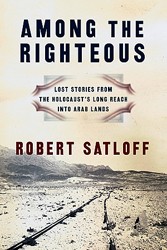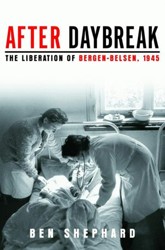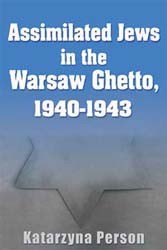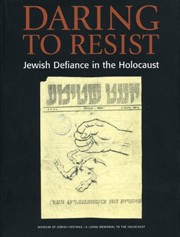Murder Without Hatred is the first significant study to ask questions about the role of the Estonians during the Holocaust. This is a seminal and essential book that sheds light on an important, yet seldom covered, aspect of the Holocaust.
Estonia was not like her two other Baltic neighbors, Latvia and Lithuania. Estonia before World War II had only a handful of Jews. In 1925, there were 3,045 Jews in Estonia and another 1,500 Jewish residents who claimed to be from other countries. Numerous towns boasted of having just one Jewish resident, and only a few towns could put their Jewish population at more than a hundred.
Relatively speaking, Estonian Jewry faced very little anti-Semitism before the war. Theirs was a diverse society, and Estonians were tolerant of different types of people. It all changed with the rise of Nazism. When the Nazis appeared on the scene, local Estonians flocked to collaborate with them and to aid them in running their horrific murder machine.
The most famous camp in Estonia was called Klooga. It was short for Klooga aedlinn, which means Klooga the garden town. That was where the Jews of Tallinn, the most Jewishly populated city of Estonia, were deported and massacred.
Weiss-Wendt analyzes historical fact and then offers a series of potential reasons for why local Estonians so readily proceeded to murder their Jews. He suggests political, historical, and social explanations, but none is more plausible than pure anti-Semitism and — in contrast to the title of his book— unadulterated hatred of the Jew.





